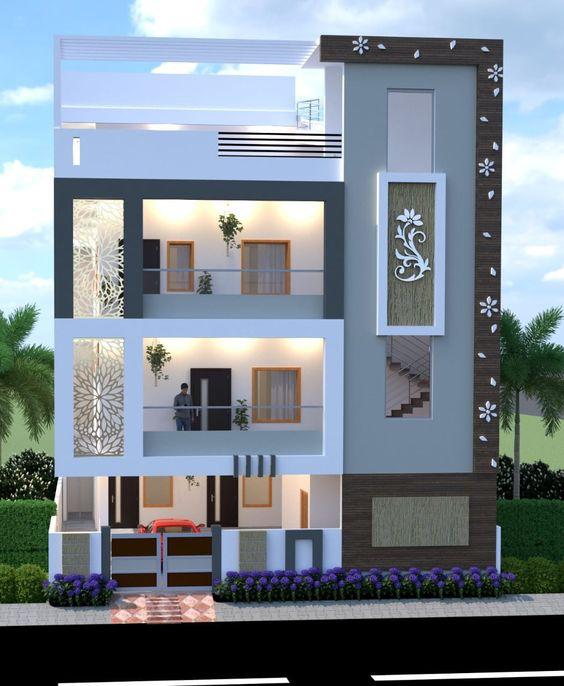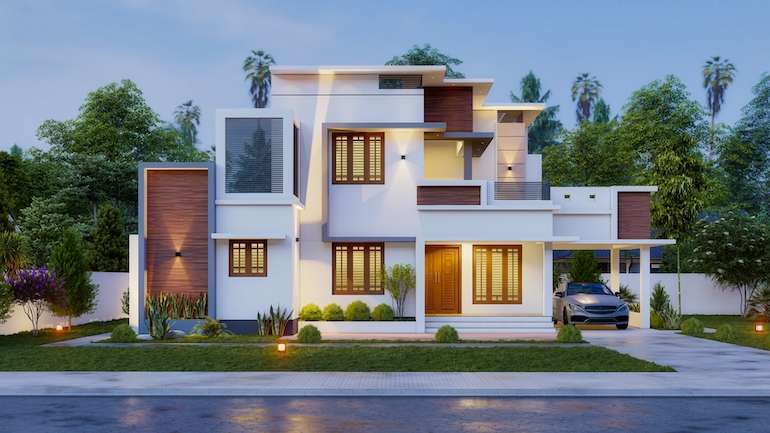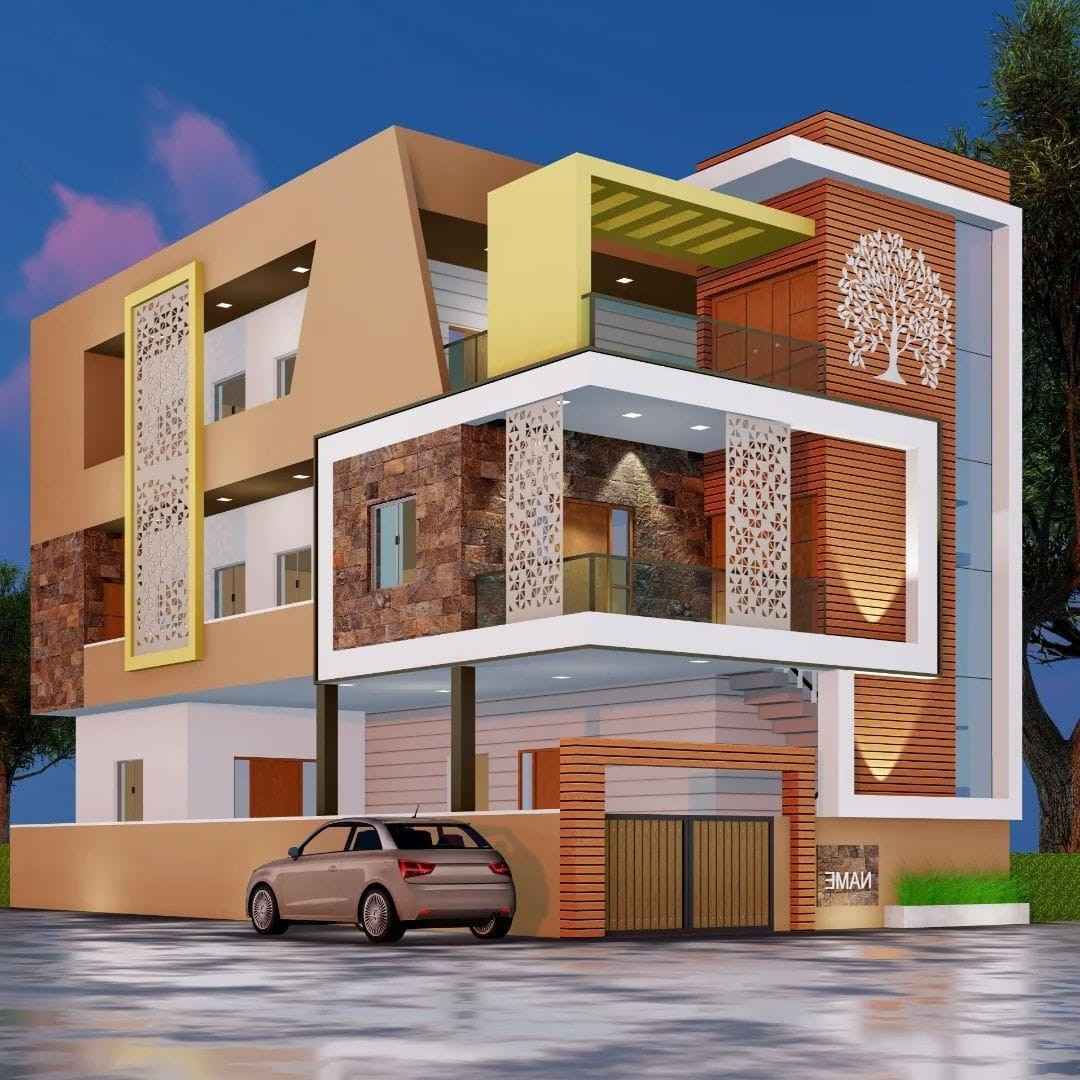Vastu House Design
Vastu House Design
Architectural science that brings joy and harmony to life.
Embracing Vastu Shastra
Designing Homes in Harmony with Nature's Energies
Vastu Shastra holds immense significance in creating a harmonious living environment. While some may misinterpret it as merely a set of rules for house design, its importance extends far beyond that. Vastu Shastra is not just a guide for constructing properties; it is deeply rooted in ancient Vedic science, aiming to foster a life filled with happiness, health, and prosperity. It is an ancient practice that aligns human dwellings with the natural energies of the universe, ensuring that the space we inhabit is in balance with the forces of nature.

The term “Vastu” is derived from “Vastu Purush,” the deity believed to govern the physical and metaphysical aspects of land and construction. Vastu Shastra translates to “the science of dwelling” and is fundamentally the study of architectural design with a focus on harnessing the natural energies that influence human life. This science is based on directional alignments and spatial arrangements, which affect the flow of energy (Prana) within a building. By considering the orientation and placement of rooms, structures, and even plots of land, Vastu aims to create spaces that promote well-being and peace of mind.
Vastu Shastra is concerned with the proper orientation of buildings and rooms based on the cardinal directions—north, south, east, and west—each of which is associated with different elements and energies. For instance, the northeast is considered an auspicious direction for water elements like wells and drinking water sources, while the southeast is ideal for the kitchen due to its association with the fire element. The proper placement of doors, windows, furniture, and even specific rooms with these directions is thought to encourage the flow of positive energy while minimizing negativity.
Vastu in House Plan Designing: How Does it Help?
For a house to truly become a home, it needs to radiate the right kind of energy, creating a sense of harmony and comfort for those living in it. Each home carries its unique energy field, which influences the individuals residing within it. This energy can have profound effects on a person’s mood, well-being, and overall outlook on life. Therefore, understanding the connection between Vastu Shastra—a traditional Indian architectural science—and the energy flow in a home becomes crucial in cultivating positive vibes and a peaceful environment.
Vastu Shastra offers a blueprint for aligning a home with the forces of nature to promote health, happiness, and prosperity. From the entrance to the kitchen, bedroom, bathroom, and even outdoor spaces like the courtyard, every aspect of the home has the potential to impact the energy within. For example, the orientation of the entrance influences the kind of energy that flows into the home, while the placement of the kitchen can affect the health and well-being of its occupants.


One of the most significant elements in a Vastu-aligned home is the creation of a space dedicated to meditation and prayer. This room becomes a sanctuary for introspection, spiritual growth, and connecting with a higher power. Designing a peaceful corner for meditation fosters an environment where individuals can reflect, recharge, and focus on personal growth, both spiritually and mentally. This dedicated space encourages a sense of calm and provides balance, helping occupants to engage with their inner selves and the world around them.
By applying the principles of Vastu Shastra, a home becomes more than just a place to live—it transforms into a nurturing space filled with positive energy, supporting the spiritual, emotional, and physical well-being of its residents. Each room, when designed in harmony with these principles, serves a unique purpose in creating a balanced and blissful living environment.
